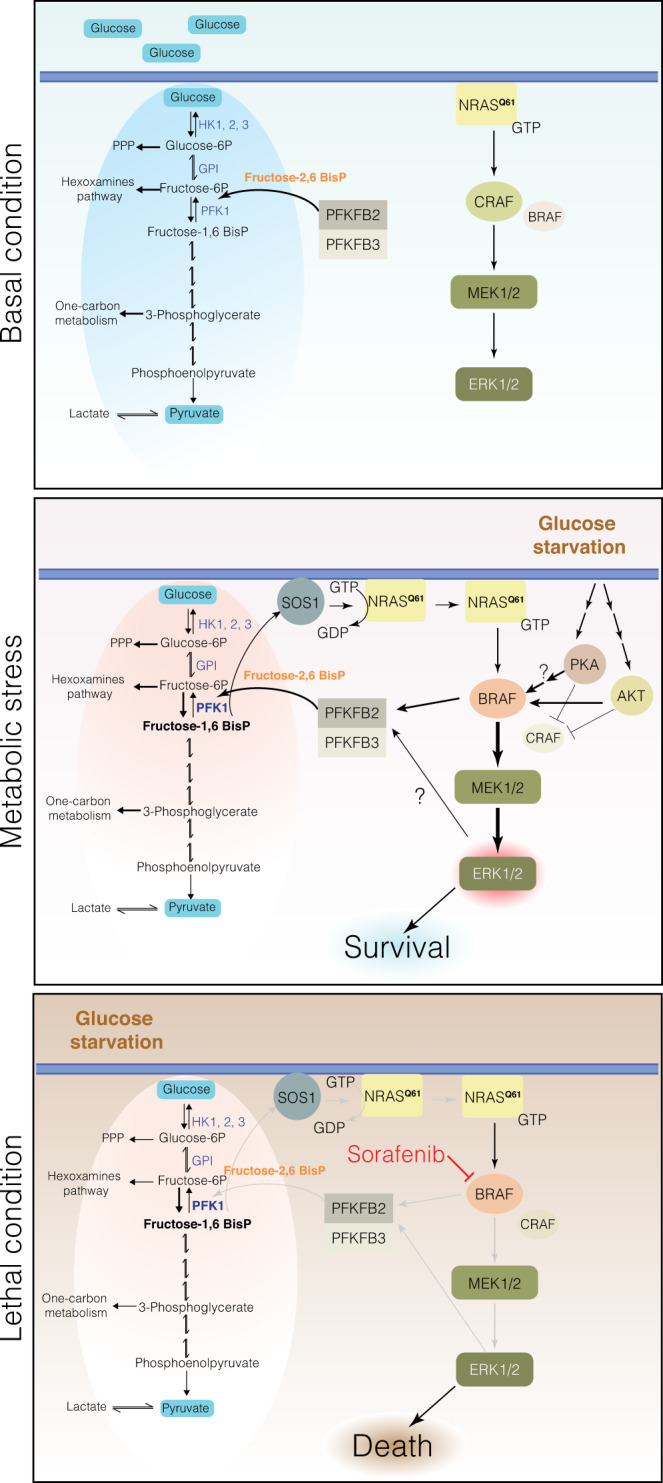Fig. 9. Schematic representation of the proposed mechanism: under basal conditions, NRASQ61 mutant melanoma cells are dependent on glucose metabolism and preferentially use CRAF to signal through ERK1/2.

Schematic representation of the proposed mechanism: Under basal conditions, NRASQ61 mutant melanoma cells are dependent on glucose metabolism and preferentially use CRAF to signal through ERK1/2. Upon GS PKA and AKT are activated, promoting concomitant CRAF inactivation and BRAF activation and generating a feedback loop to sustain glycolysis. This involves the activation of the kinase activity of PFKFB2/3 that results in the production of fructose-2,6BisP, which in turn allosterically activates PFK1, inducing the generation of fructose-1,6BisP. This metabolite, under metabolic stress, activates SOS1, promoting the activation of NRASQ61 by exchanging GDP for GTP, leading again to the activation of BRAF and resulting in cell survival. Treating cells under this condition with sorafenib abolishes BRAF downstream signals, leading to cell death.
